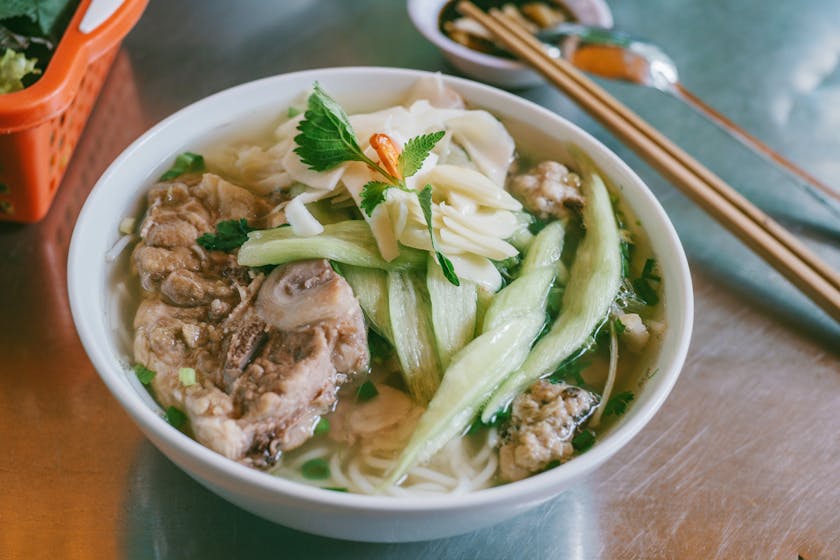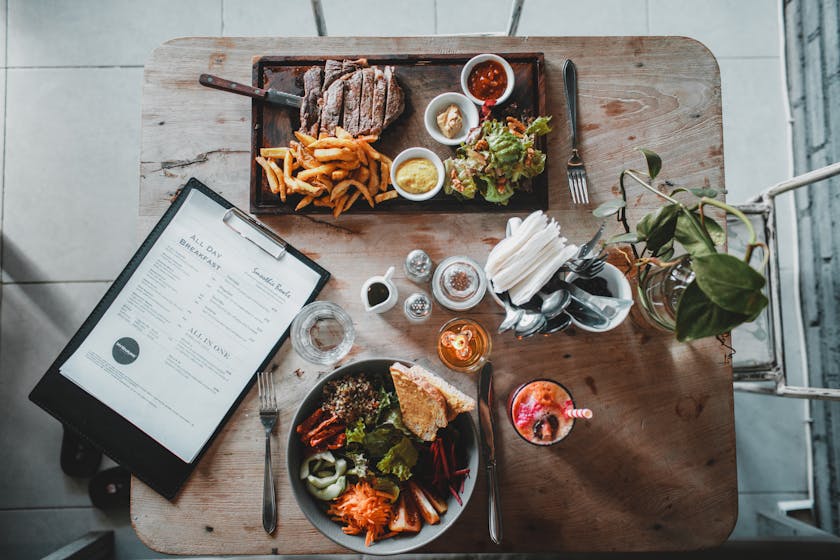With the rise of once-a-month cooking, many have discovered the convenience it brings—not only in daily life but also as a strategic approach for emergency preparedness. Bulk meal storage can be a lifesaver in times of crisis, ensuring that you and your family have access to nutritious meals when you need them most. Here’s your guide to effectively storing bulk meals for those unforeseen emergencies.
Understanding the Basics of Bulk Meal Storage
Bulk meal storage is more than just packing away extra food; it’s about planning, preserving, and rotating your stock to maintain freshness and nutritional value. Before you begin, it’s crucial to assess your storage space and conditions, as these will directly affect the shelf life and quality of your stored meals.
Selecting the Right Containers for Your Meals
Choosing the correct containers is paramount for long-term meal storage. Opt for airtight, moisture-resistant containers that are both freezer-safe and BPA-free. Vacuum-sealing bags are also a great option for minimizing space and extending the shelf life of your meals.
Freezing: The Cornerstone of Meal Storage
Freezing is the most effective method for preserving the quality of your cooked meals. When freezing, label each container with the date and contents, ensuring a proper rotation system. Remember to leave a small space in each container as liquids expand when frozen, to prevent container damage or spills.
Strategies for Organizing Your Meal Storage
Organization is key for efficient bulk meal storage. Use shelving units to categorize your meals by type and expiration date. Implementing a ‘first in, first out’ system guarantees that you’re using the oldest meals first, reducing waste and keeping your stock fresh.
Temperature Control and Monitoring
Maintaining a consistent temperature in your storage area prevents spoilage. Ideally, your freezer should be at 0°F (-18°C) or lower. Use a thermometer to regularly check the temperature, as fluctuations can compromise the safety and quality of your stored meals.
Maintaining Nutritional Value in Your Stored Meals
When preparing meals for storage, focus on a variety of ingredients to ensure a balance of nutrients. Incorporate a mix of proteins, carbohydrates, and fats, along with a selection of fruits and vegetables. This diversity not only supports health but also provides meal variety during an emergency.
Dealing with Power Outages and Maintaining Your Stock
In the event of a power outage, keep your freezer closed to maintain the temperature for as long as possible. If an outage is prolonged, consider using dry ice to preserve your meals. It’s also wise to periodically review your meal inventory, replenishing and updating it to reflect your current dietary needs and preferences.
Creating a Meal Storage Plan for Emergencies
Develop a comprehensive plan that includes a list of your stored meals, their expiration dates, and reheating instructions. This plan should be easily accessible to all household members and updated regularly as you rotate your meal stock.
Once-a-month cooking paired with diligent bulk meal storage can provide peace of mind and nutritional security during emergencies. By following these tips and maintaining a well-organized storage system, you’ll be well-equipped to handle unexpected situations with a ready supply of healthy meals.



